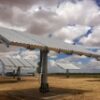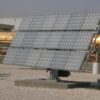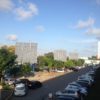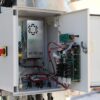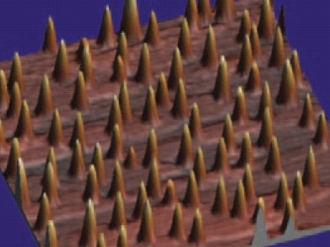Nature Photonics, Feb 2012
In its February issue Nature Photonics, the prestigious scientific journal, publishes a review article on the Intermediate Band Solar Cell (IBSC), one of the so-called 3rd generation PV concepts with the potential to boost conversion efficiency, now being a topic of reserarch of solid state phyiscs labs worldwide.
Such as multijunction cells today used in High Concentration PV, this is a PV device that has the potential of exceeding the Shockley-Queisser (SQ) limit.
Basically all the new very high efficiency PV concepts seek both a better matching of bandgaps and photon energies, as well as the reduction of entropy production from the photon’s excess energy over the bandgap.
Three of these new concepts have been qualified as “Revolutionary Photovoltaic Devices: 50% Efficient Solar Cells” in a book edited by the DOE (Lewis et al. 2005), on the US PV research roadmap for the 21st century. These are the Multiple Exciton Generation (MEG) solar cell (Kolodinski et al. 1993), the Intermediate Band (IB) solar cell (Luque and Martí, 1997) and the Hot Carrier solar cell (Ross and Nozik, 1982). Their maximum theoretical efficiencies under the SQ assumptions would be respectively 85,4%, 63.2%, and 85.4% for the 6000/300 K sun ambient temperature.


